Updated on April 27, 2025
How to block punches in Choy Li Fut kung fu
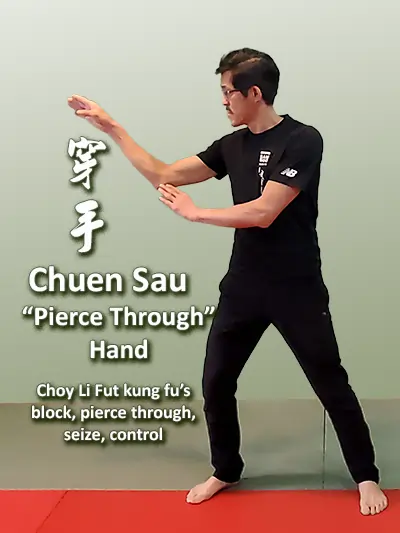
Blocking and defending against an oncoming strike is essential in every martial arts defence system. In boxing or MMA, a fighter places his/her hand up around his/her head to guard, block and parry against an opponent’s punches. While in karate or taekwondo, there are various blocking techniques which deflect the strikes away from their intended target.
In this article, we will showcase the Choy Li Fut kung fu’s blocking technique: Chuen Sau.
What is Chuen Sau 穿手?
Chuen Sau 穿手 is a hand technique in Choy Li Fut kung fu style. It is considered both a defensive and an offensive technique in hand-to-hand combat applications.
Chuen Sau terminology explanation
The term “chuen sau”, or when written in Chinese, 穿手, translates to “pierce through hand” or “pass through hand”.
In the Chuen Sau technique, we form a shape with our hands which allows us to block and defend against an oncoming offence with the forearms and at the same time, we can pierce through or punch through the opponent’s defence.
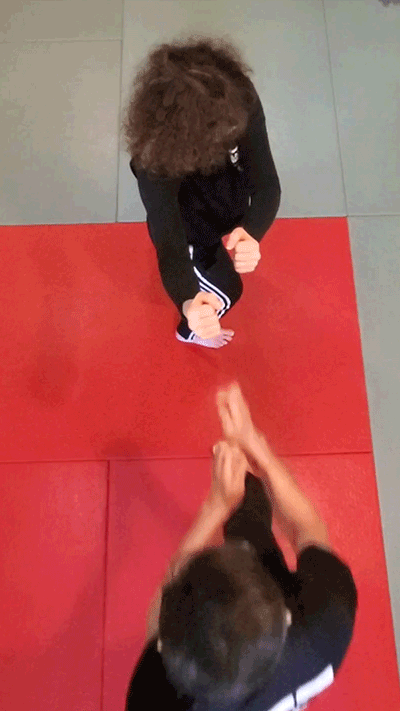
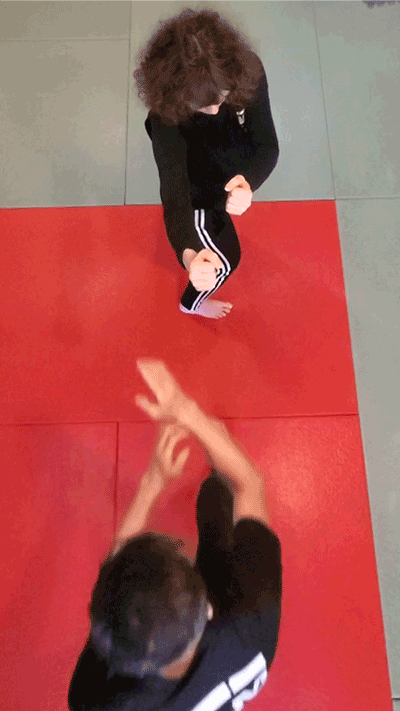
The Chuen Sau technique can be applied in a manner of simultaneous defence and offence. The simultaneous combinations of piercing through, deflecting, hooking/seizing and controlling to enable the Chuen Sau to pave the way for other follow-up strikes or techniques to be delivered to its target. The Chuen Sau is the precursor to all other Choy Li Fut kung fu follow-up techniques.
Chuen Sau technique and application in detail in pics and motion
The technique is the best optimized orientation and angles of the hands and arms for its effective application.
Chuen Sau in conjunction with follow–up technique
With the Chuen Sau or forearm and hand piercing through or threading through the opponent’s defending barrier, it paves the way for other follow-up techniques.
Here are some examples of follow-up techniques:
How to train Chuen Sau
We can present the Chuen Sau technique as a solid and firm structure or as a soft latch-on technique. From the yin-yang perspective, the strong and solid structure, the yang energy, intercepts and pushes back the opponent's offensive strikes, while the soft yin energy absorbs and redirects the overly powerful opponent’s attack. So, the split-second interchanging between hard and soft in the technique requires many hours of partner drills and voluminous repetitions to develop sensitivity or the feel of the opponent’s techniques, and also to build muscle memory. Practicing the chuen sau technique with another training partner is the best way to achieve proficiency in the technique. The next best option is to practice the Chuen Sau technique on a wooden dummy.
So, to increase the performance of the solid structure of the technique, we need to develop physical structural strength in the limbs and overall body stability. To improve softness without losing the integrity of the technique, we will need to improve joint mobility, fluidity and range of motion.
Physical structural strength
Physical structural strength has 2 components:
- pose or posture positioning stability and
- muscular power capacity i.e., raw muscular power.
Pose/Posture Stability includes the following:
- 1. Shoulder girdle stability – learn more about the effects of shoulder girdle stability on power delivery: Punching Power “Leaks”: How Bad Posture Lowers Punching Power.
- 2. The upper arm, forearm stability strength
- 3. The wrist stability strength
Muscular power capacity training includes conditioning training of the bigger muscle groups, i.e., the back musculature, core strength conditioning, as well as small muscle groups, i.e., the rotator cuff muscles, muscles of the wrists and forearms, and grip strength. Additionally, the training also includes training of the often forgotten muscles of the upper back - So, you'll have a very good posture.
The following are some of the exercises to improve physical structural strength for the chuen sau application:
- Long (and heavy) staff training or heavy long weapons training:
- Wielding a heavy and long staff is an excellent functional and compound exercise. The long weapon engages various muscle groups: core stability, gluteal and leg, upper back, shoulders, arms and hands, including the wrist joints.
- In addition, practicing long staff can help us to improve our posture, mobility, agility, flexibility, stamina. Better posture, in general, helps us to maintain healthy joints. Better mobility, agility, flexibility, and stamina are some of the physical fitness biomarkers.
- Straight edged sword training:
Another functional exercise! Holding a heavy metal weapon will strengthen overall functional strength, joint stability at the same time, increase the range of motion of the shoulder joints and the wrist joints. With straight-edged sword training, we also get a deep lunge posture. - Shoulder girdle stability and elbow positioning stability exercises: – upper back strengthening program – scapula retraction exercises.
Elbow positioning stability is associated with the fine motor control of the shoulder joint movement.
This article explains why depressing your shoulder blades improves shoulder girdle stability - check out the article: Scapula raised excessively and protracted forward: Punching Power “Leaks”: How Bad Posture Lowers Punching Power. - Wrist stability exercises: push-ups on knuckles, punching bag drills.
We will present an article about increasing wrist stability strength in the future. Please check back for more future articles.
Joint mobility
Increasing the wrist joint range of motion ROM is important in gaining an advantage during the technique application. A small 3 to 4 degrees advantage can mean the difference between success and failure in execution, especially within less than one second.
Pain tolerance
Obviously, smashing one limb against another limb is painful. However, with the conditioning training, the pain will desensitize and eventually pain sensation will be minimal.
About Bamboo Kung Fu and Sifu Kin Sze
Bamboo Kung Fu teaches the traditional Chinese martial art style called Choy Li Fut. We seek to emphasize maximizing and optimizing your body mechanics leverage in executing the techniques and movements of activity of daily living. While in training, we aim to help you identify issues which impede your technical or movement performance. In the long term, the learnt knowledge or information gained will transfer into good movement habits in your activities of daily living, which will minimize injury risks.
As a practicing registered massage therapist RMT in Toronto, Ontario, our Sifu, Kin Sze, believes in first addressing the body structural imbalance issues before moving forward to increasing physical capacity for better performance.
Moving ahead toward increasing technical performance without properly addressing structural imbalances can impede and compensate technical ability and potentially increase the risks of injury more so when the technical applications intensify.
Check out our kung fu classes and build up your conditioning and core strength for kung fu performance, improve yourself for better movements in your activities of daily living and overall quality of life.
You may be interested in:
Kung Fu performance at the 2023 Toronto Chinatown Festival
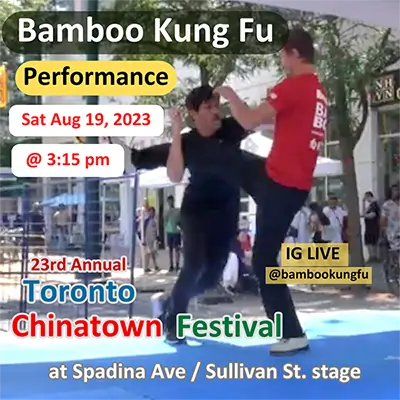
Bamboo Kung Fu students will perform Chinese martial arts on stage at the 23rd Toronto Chinatown Festival on Saturday, August 23, 2023. Our show will begin at 3:15 pm (UTC/GMT -4).
The martial arts show will be held at Spadina Avenue and Sullivan Street.
More - Martial art performance at the 2023 Toronto Chinatown Festival
Stances - The Most Important Secret in Martial Arts Practice
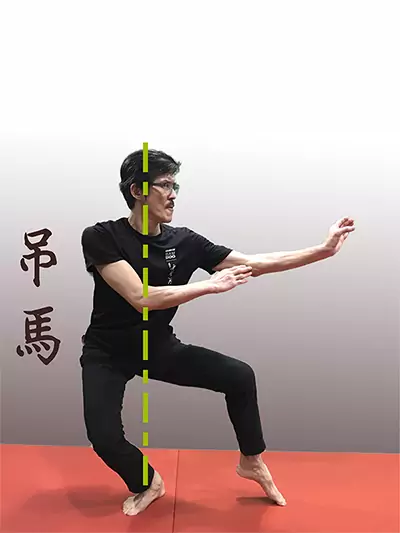
Stance is the ultimate foundation in martial arts practice. Stance is the essence of any kung fu practice. Without it, the quality and leverage of the kung fu techniques will not be effective.
More - Stances: the most important foundation in martial arts practice
Punching Power “Leaks”: How Bad Posture Lowers Punching Power
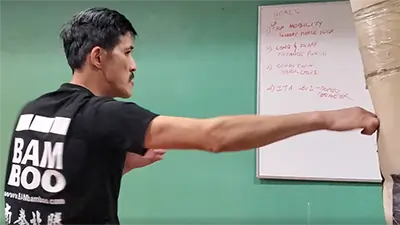
Does bad posture reduce punching power in kung fu? Yes. Forward-rounded shoulder posture reduces the leverage of the kinetic chain and affects punch accuracy, especially in Buk Sing Choy Li Fut kung fu.
More - How Bad Posture Causes Punching Power Leaks
Kung Fu Online Live Martial Arts Classes Long Distance Learning
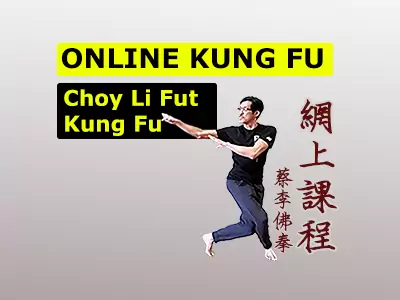
Online live interactive martial arts classes in the comfort of your home. Go to kung fu classes without travelling
More - Online Kung Fu classes
LIVE Online Kung Fu-Blind River, Elliot Lake, Thessalon, Bruce Mines
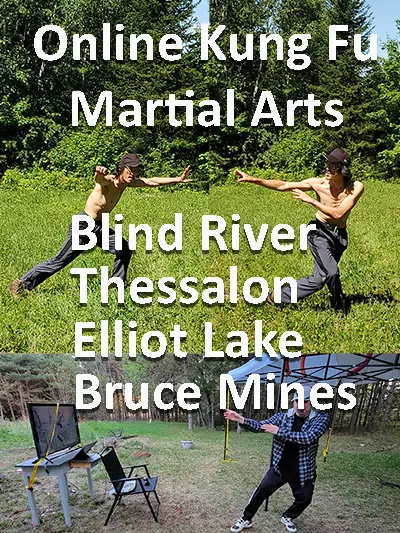
LIVE Online Kung Fu in the townships of Blind River, Elliot Lake, Thessalon, and Bruce Mines in northern Ontario.
Our online classes are cast LIVE from our location in downtown Toronto. Our online classes are Hybrid classes. This means the online classes are run together with in-person classes.
More - Online Kung Fu-Blind River, Thessalon, Elliot Lake, Bruce Mines in northern Ontario
Adult kung fu
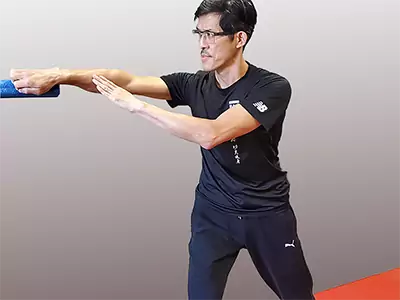
In-person and online options available.
Choy Li Fut kung fu is a dynamic martial art style with a diverse repertoire of movements. Class curriculum:
Primary goal: Improve overall fitness.
Secondary goal: Gain self-defence knowledge, Foster good biomechanics and posture to help you in day-to-day activities of daily living (ADL).
Everyone is welcome, with or without previous martial arts training experience.
More about Adult kung fu
Children kung fu
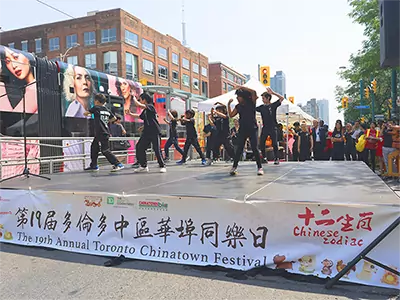
In-person and online options available.
Studies have shown the positive trends of long-term participation in physical activity programs such as martial art. Such programs help improve children’s executive functions i.e., creativity, flexibility, self-regulation, discipline, and working memory functions.
By instilling good movement patterns in the children’s kung fu program, children will gain the foundation which will set them up for a healthy and active lifestyle.
More about Children's kung fu
Essentrics™-stretching, strengthening, mobility full body exercise
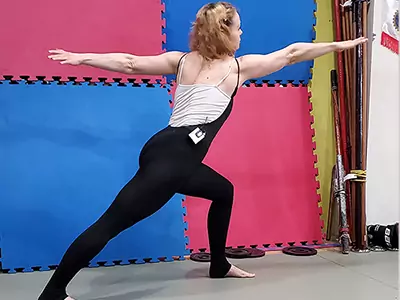
In-person and online options available.
Essentrics™ is a full-body workout that draws inspiration from ballet, Tai-Chi, that develops lean, strong muscles and improves your posture. The fluid and dynamic movements nature of the exercise is low impact and improves joint health. Lighten up your mood and move to the rhythm of the songs playlist.
More about Essentrics™
